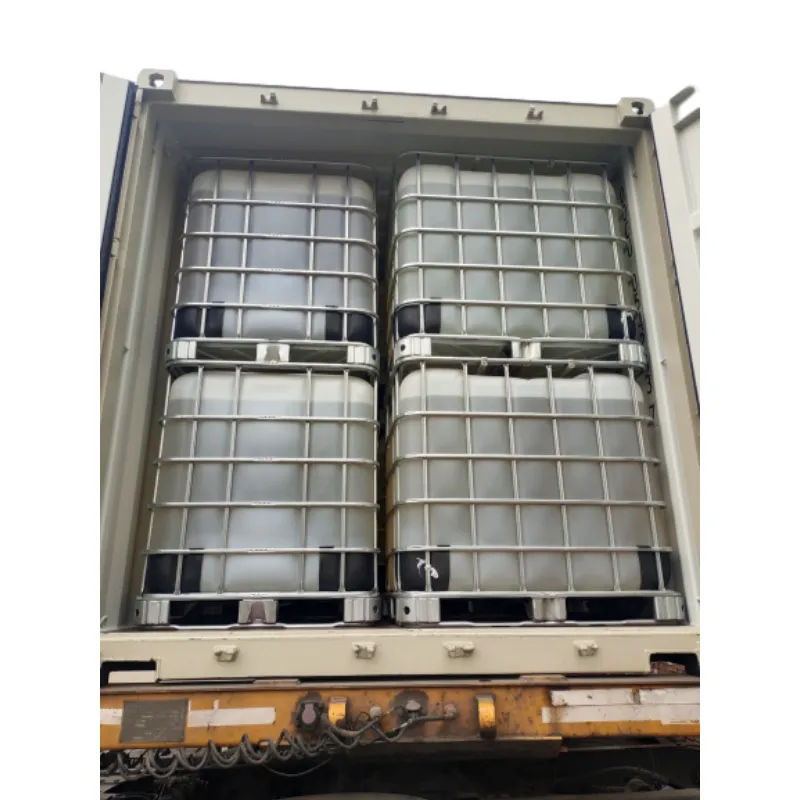
Understanding the Role of Carrageenan as a Food Additive in Modern Cuisine
Understanding Carrageenan as a Food Additive
Carrageenan is a popular food additive derived from red algae, primarily from the species *Chondrus crispus* (Irish moss) and *Gigartina* species. Used widely in various food products, carrageenan serves as a thickening, gelling, and stabilizing agent, making it a valued ingredient in the food industry. Its unique properties allow it to create the desired texture and consistency in different food and beverage products.
The primary reason for the widespread application of carrageenan in food products is its ability to form gels in the presence of other ingredients. This characteristic makes it ideal for use in dairy products like chocolate milk, yogurt, and ice cream, where it helps to maintain a smooth texture while preventing separation. Moreover, carrageenan is also found in processed meats, plant-based alternatives, and even in some non-food products, highlighting its versatility.
Understanding Carrageenan as a Food Additive
Safety and regulatory aspects of food additives are crucial for consumer health and confidence. Carrageenan has been recognized as safe by several regulatory authorities, including the U.S. Food and Drug Administration (FDA) and the European Food Safety Authority (EFSA). It is classified as “Generally Recognized As Safe” (GRAS) when used at appropriate levels in food. However, some controversies have arisen regarding potential health concerns associated with carrageenan, particularly its link to gastrointestinal issues. Ongoing research aims to clarify these connections, and many health authorities continue to deem it safe when consumed within established limits.
carrageenan food additive

One of the significant advantages of carrageenan is its plant-based origin, making it a suitable alternative to animal-derived gelling agents like gelatin. This characteristic has led to its popularity in vegan and vegetarian products, providing a means to achieve similar textures without compromising dietary restrictions. As consumers become more health-conscious and aware of ingredient origins, the demand for plant-based alternatives continues to rise, positioning carrageenan as a vital ingredient in responding to these shifting market trends.
In recent years, there has been a growing trend toward transparency in food labeling and ingredient sourcing. As a result, manufacturers are increasingly highlighting carrageenan’s natural origins and functional benefits on their packaging. This shift aligns with consumers' desire for clean, recognizable ingredients in their diets, presenting an excellent opportunity for carrageenan to maintain relevance in the evolving food landscape.
Despite its widespread acceptance, it is essential for consumers to continue educating themselves about food additives, including carrageenan. Understanding how these ingredients affect food structures and health can lead to better-informed choices when it comes to dietary preferences. As the food industry evolves with new innovations and consumer demands, carrageenan is likely to remain a critical player, bridging the gap between texture, taste, and dietary needs.
In conclusion, carrageenan exemplifies the complexity and importance of food additives in modern cuisine. Its versatile applications, safety profile, and plant-based origins contribute to its status as a preferred ingredient in both traditional and innovative food products. While ongoing research and consumer awareness continue to shape the discourse surrounding food additives, carrageenan is expected to maintain its role as a valuable resource in the ever-evolving food industry.
-
Nitrile Rubber Honoring Strict Production StandardsNewsAug.22,2025
-
Aspartame Ingredients Honoring Food Safety ValuesNewsAug.22,2025
-
Fertilizer for Balanced Plant NutritionNewsAug.22,2025
-
Cyanide Gold Processing with High Purity AdditivesNewsAug.22,2025
-
Formic Acid in Textile Dyeing ApplicationsNewsAug.22,2025
-
Aluminum Hydroxide Gel in Skincare ProductsNewsAug.22,2025
-
Regulatory Compliance for Global Mining Chemicals UseNewsAug.12,2025
Hebei Tenger Chemical Technology Co., Ltd. focuses on the chemical industry and is committed to the export service of chemical raw materials.
-

view more DiethanolisopropanolamineIn the ever-growing field of chemical solutions, diethanolisopropanolamine (DEIPA) stands out as a versatile and important compound. Due to its unique chemical structure and properties, DEIPA is of interest to various industries including construction, personal care, and agriculture. -

view more TriisopropanolamineTriisopropanolamine (TIPA) alkanol amine substance, is a kind of alcohol amine compound with amino and alcohol hydroxyl, and because of its molecules contains both amino and hydroxyl. -

view more Tetramethyl Thiuram DisulfideTetramethyl thiuram disulfide, also known as TMTD, is a white to light-yellow powder with a distinct sulfur-like odor. It is soluble in organic solvents such as benzene, acetone, and ethyl acetate, making it highly versatile for use in different formulations. TMTD is known for its excellent vulcanization acceleration properties, which makes it a key ingredient in the production of rubber products. Additionally, it acts as an effective fungicide and bactericide, making it valuable in agricultural applications. Its high purity and stability ensure consistent performance, making it a preferred choice for manufacturers across various industries.





